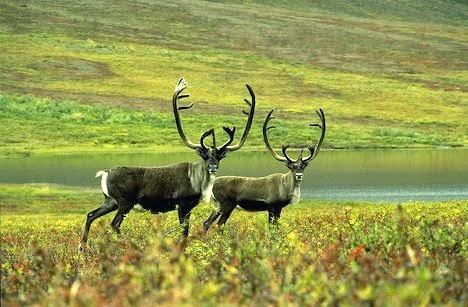Works
Cited
CityofYellowknife.
"City of Yellowknife 30 second promotional video." YouTube.
YouTube, 4 Nov. 2012. Web. 18 Sept. 2014.
<https://www.youtube.com/watch?v=Eh2tdlQCMkw>.
"Common
menu bar links." Parks Canada. The Northern Frontier Visitors
Association, 18 Oct. 2000. Web. 18 Sept. 2014.
<http://www.pc.gc.ca/eng/pn-np/ab/jasper/natcul/geo-climat.aspx>.
"Fiddler's
Lake." Project Details. Don Purdy, 18 Sept. 2000. Web. 18 Sept.
2014. <http://www.dillon.ca/projects/project-details/fiddlers-lake>.
"Go North!." Canadian Geographic
Travel 1 Mar. 2013: 44 - 54. Print.
"History of
Giant Mine." Gold Stakes and Bricks . Government of Canada, 18 Oct.
2000. Web. 18 Sept. 2014. <https://www.aadnc-aandc.gc.ca/eng/1100100027388/1100100027390>.
"Information
on lifestyle opportunities for residents of the NWT." Information on
lifestyle opportunities for residents of the NWT. Government of the
Northwest Territories, 12 Oct. 2000. Web. 17 Sept. 2014.
<http://www.dot.gov.nt.ca/_live/pages/wpPages/Employment_Living_in_NWT.aspx>.
"Information
on lifestyle opportunities for residents of the NWT." Information on
lifestyle opportunities for residents of the NWT. Government of the
Northwest Territories, 12 Oct. 2000. Web. 17 Sept. 2014. <http://www.dot.gov.nt.ca/_live/pages/wpPages/Employment_Living_in_NWT.aspx>.
"NWT Film
Commission." NWT Film Commission. Northwest Territories Industry,
20 July 2011. Web. 18 Sept. 2014. <http://www.nwtfilm.com>.
"No
mountains, no problem." No mountains, no problem. Northern News
Services Ltd., 5 Sept. 1995. Web. 18 Sept. 2014.
<http://www.nnsl.com/arts/stories/jan12_12snoX.html>.
"Ptarmigan
Crazy." Yellowknife Online.
Tucows.com Co., 22 Apr. 2009. Web. 18 Sept. 2014.
<http://ykonline.ca/tag/birds/>.
Safra, Jacob. The
New Encyclopaedia Britannica. 15th ed. Chicago: Encyclopaedia Britannica,
2002. Print.
"Scenes."
, Maxx Graphix. osCommerse, 21 July 2010. Web. 18 Sept. 2014.
<http://www.maxxgraphix.co/shop/index.php?cPath=40_84>.
"Solar Storm ." Canadian Geographic
Jan. - Feb. 2013: 32 - 45. Print.
"Sunbrite
Chimney." Sunbrite Chimney. ENOM, INC., 24 Oct. 2001. Web. 18 Sept.
2014. <http://www.cleanchimney.com/>.
"THE
PTARMIGAN." ARCTIC BIRDS.
Tucows.com Co, 31 Mar. 2003. Web. 18 Sept. 2014. <http://www.aitc.sk.ca/saskschools/arctic/ptarmigan.html>.
"World Class." Canadian
Geographic Travel Apr. - May. 2013: 36-50. Print.
"Yellowknife."
Wikipedia. Wikimedia Foundation, 13 Jan. 2001. Web. 16 Sept. 2014.
<http://en.wikipedia.org/wiki/Yellowknife#Geography_and_climate>.
"Yellowknife."
The Canadian Encyclopedia. Anthony Wilson-Smith, 7 Feb. 2005. Web. 16
Sept. 2014.
<http://www.thecanadianencyclopedia.ca/en/article/yellowknife-nwt/,>.
"Yellowknife
Community Garden Collective." Yellowknife Community Garden Collective.
Giselle Beaudry, 9 Dec. 2010. Web. 16 Sept. 2014.
<http://www.ykgardencollective.org/>.
"home."
home. City of Yellowknife, 23 Apr. 2002. Web. 16 Sept. 2014.
<http://www.yellowknife.ca/>.
MLA formatting
by BibMe.org.










